Last updated on March 14, 2024
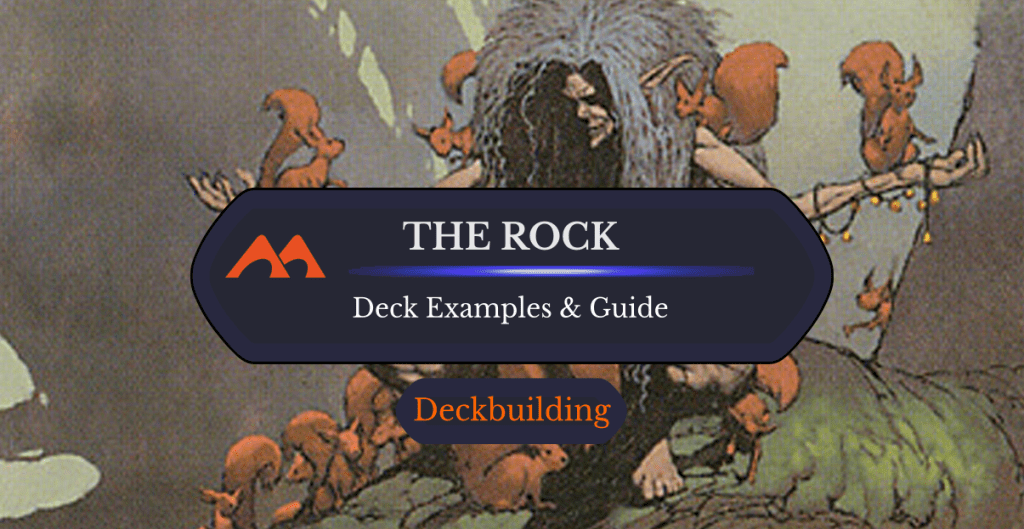
Deranged Hermit | Illustration by Kev Walker
Magic is full of history, much of it wrapped around iconic decks whose impact has lasted well beyond their viability. We still see some variants of classic decks like Cheerios and Ponza to this day, though they’ve lost some luster amid changing metas and power creep.
One deck whose tenets have stood the test of time is The Rock. It’s a classic deck that paved the way for many modern midrange strategies and whose impact we can still see in present Standard decks. Today, I’m breaking down the deck’s history and how it still influences the game today.

WWE
What Is The Rock?
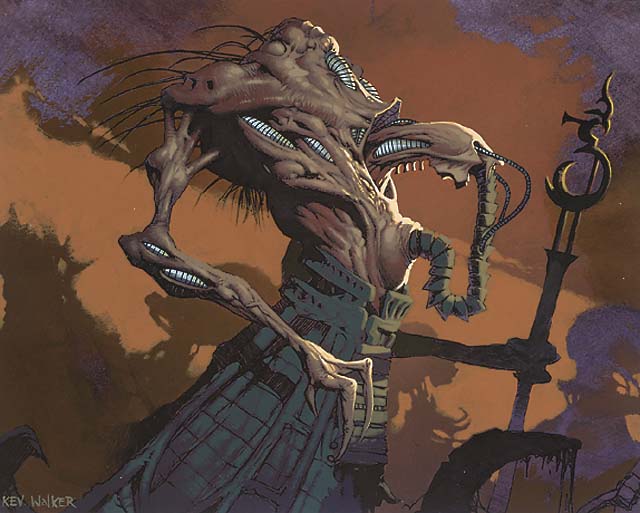
Phyrexian Plaguelord | Illustration by Kev Walker
The Rock refers to a green-black decklist developed by Sol Malka in 1999 focused on disrupting the opponent and controlling the board. Many modern decks dubbed The Rock follow similar deckbuilding ideas, even if they don’t share the same cards or colors as Malka’s original list.
Where Does the Name “The Rock” Come from?
The name The Rock is a reference to Dwayne “The Rock” Johnson. The deck was initially called “The Rock and His Millions.” The “Rock” in the original decklist was Deranged Hermit, with the “Millions” being an allusion to Dwayne’s fans and the tokens Deranged Hermit created. The name was shortened to The Rock over time, especially after the Hermit rotated.
What Was the First The Rock Deck?
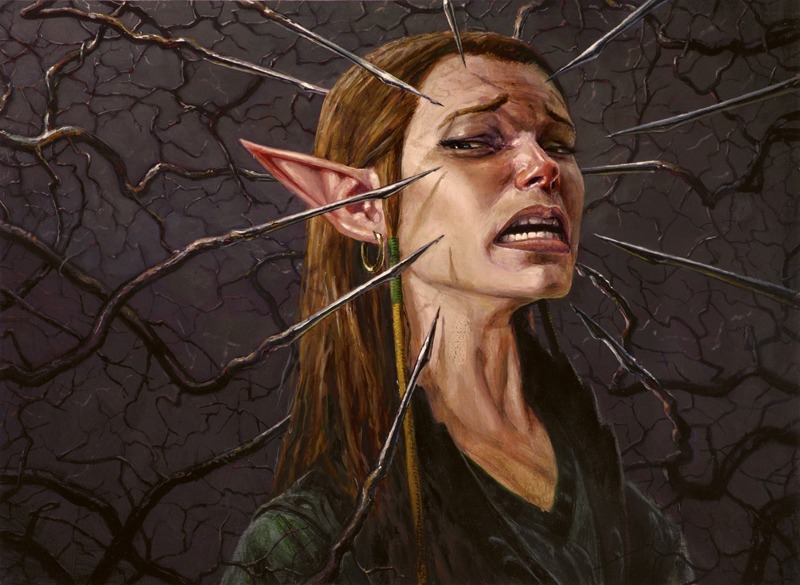
Duress | Illustration by Steven Belledin
Creatures (25)
Birds of Paradise x4
Llanowar Elves
Albino Troll x4
Yavimaya Elder x3
Yavimaya Granger x4
Deranged Hermit x4
Woodripper
Phyrexian Plaguelord x4
Instants (5)
Vampiric Tutor x2
Rapid Decay x3
Sorceries (4)
Duress x4
Enchantments (3)
Tranquil Grove
Diabolic Servitude x2
Lands (23)
Treetop Village x4
Dust Bowl x2
Swamp x6
Forest x11
The Rock was developed by Sol Malka in 1999 after the release of Mercadian Masques rotated Tempest out of Standard. The original list focused on the powerhouse combination of Deranged Hermit and Phyrexian Swarmlord that produced a bunch of power and gave plenty of board control.
A powerful suite of cards backed up this dream team. Creatures like Birds of Paradise and Yavimaya Granger let the deck establish a quick mana advantage over its opponents, while tools like Woodripper and Duress provided disruptive elements to slow the opponents down. Coupled with card draw from Yavimaya Elder and Vampiric Tutor, The Rock and His Millions was a powerhouse in Standard.
The Rock Throughout the Years
While cards often rotate, deck ideas remain. Some variations of The Rock persisted throughout Standard, the retired Extended format, and Modern throughout its inception.
Grand Prix Las Vegas 2001 by Michael Pustilnik
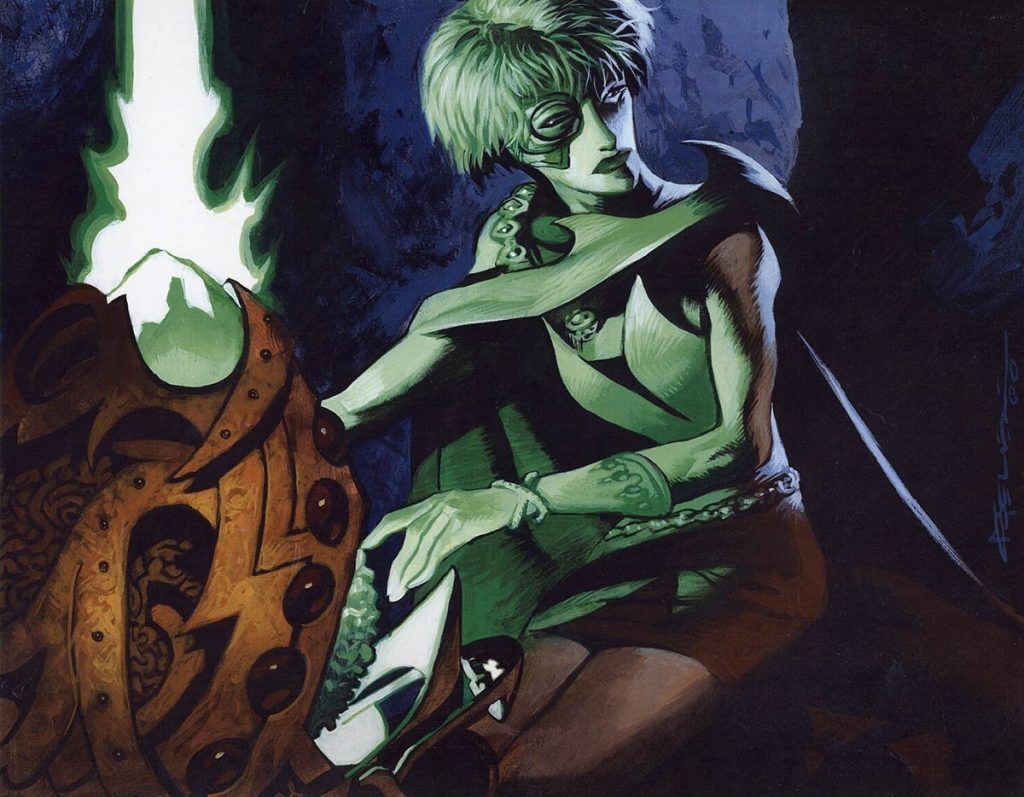
Pernicious Deed | Illustration by Christopher Moeller
Creatures (22)
Birds of Paradise x4
Phyrexian Plaguelord
Spike Feeder x4
Spike Weaver x2
Spiritmonger x4
Wall of Roots x3
Yavimaya Elder x4
Instants (2)
Sorceries (5)
Enchantments (8)
Choke
Pernicious Deed x4
Phyrexian Furnace x2
Recurring Nightmare
Lands (23)
Bayou x4
Dust Bowl x2
Forest x8
Swamp x5
Treetop Village x4
Sideboard (15)
Choke
Diabolic Edict x3
Dust Bowl
Emerald Charm x2
Massacre
Phyrexian Furnace
Rank and File
Stench of Evil
Tsunami
Uktabi Orangutan x2
Volrath's Stronghold
One of the biggest reasons The Rock lost His Millions was the rotation of Deranged Hermit that removed the token production from the deck. A future Extended iteration, piloted by Michael Pustilnik to a win in Grand Prix Las Vegas 2001, capitalized on the power of Spiritmonger and Pernicious Deed while retaining the core strategies of disruption and mana advantage.
Worlds 2007 by Uri Peleg
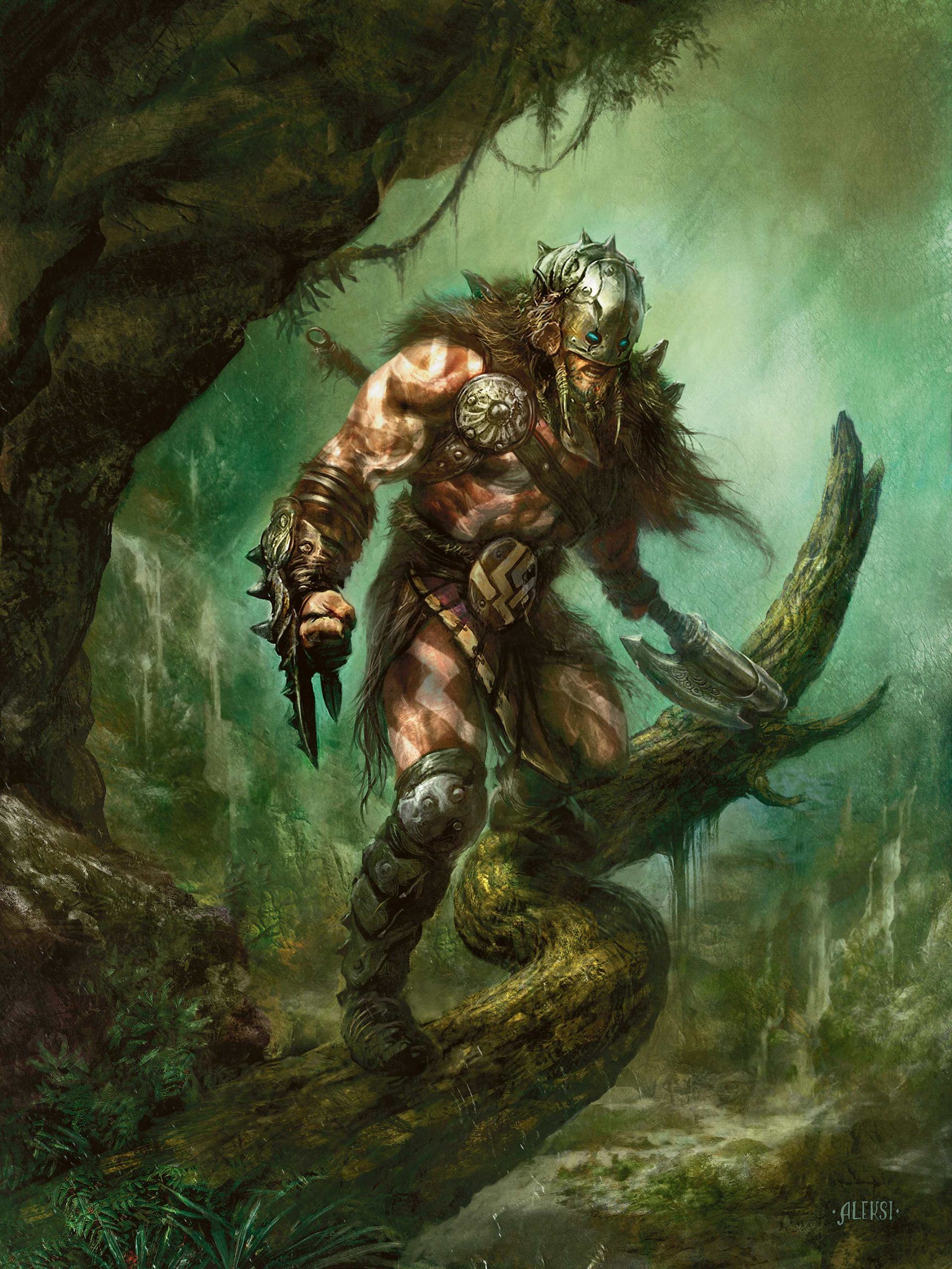
Garruk Wildspeaker | Illustration by Aleksi Briclot
Planeswalkers (4)
Garruk Wildspeaker x3
Liliana Vess
Creatures (23)
Birds of Paradise x4
Doran, the Siege Tower x4
Hypnotic Specter
Llanowar Elves x3
Ohran Viper x4
Shriekmaw x3
Tarmogoyf x4
Instants (4)
Eyeblight's Ending x2
Nameless Inversion x2
Sorceries (6)
Profane Command x2
Thoughtseize x4
Lands (23)
Brushland
Caves of Koilos x3
Forest
Gemstone Mine x2
Gilt-Leaf Palace x4
Horizon Canopy
Llanowar Wastes x4
Pendelhaven
Treetop Village x4
Urborg, Tomb of Yawgmoth x2
Sideboard (15)
Cloudthresher x2
Loxodon Warhammer x2
Nath of the Gilt-Leaf x2
Oblivion Ring
Riftsweeper x3
Serrated Arrows x2
Shriekmaw
Stupor x2
Another change for The Rock came in 2005 with the release of Ravnica: City of Guilds. The introduction of shock lands revolutionized the archetype, making it far easier for the traditionally green-black deck to splash other colors for utility cards like Flametongue Kavu or Loxodon Hierarch, as demonstrated by the Abzan deck with which Uri Peleg won Worlds 2007.
PTQ 2012 by Craig Berry
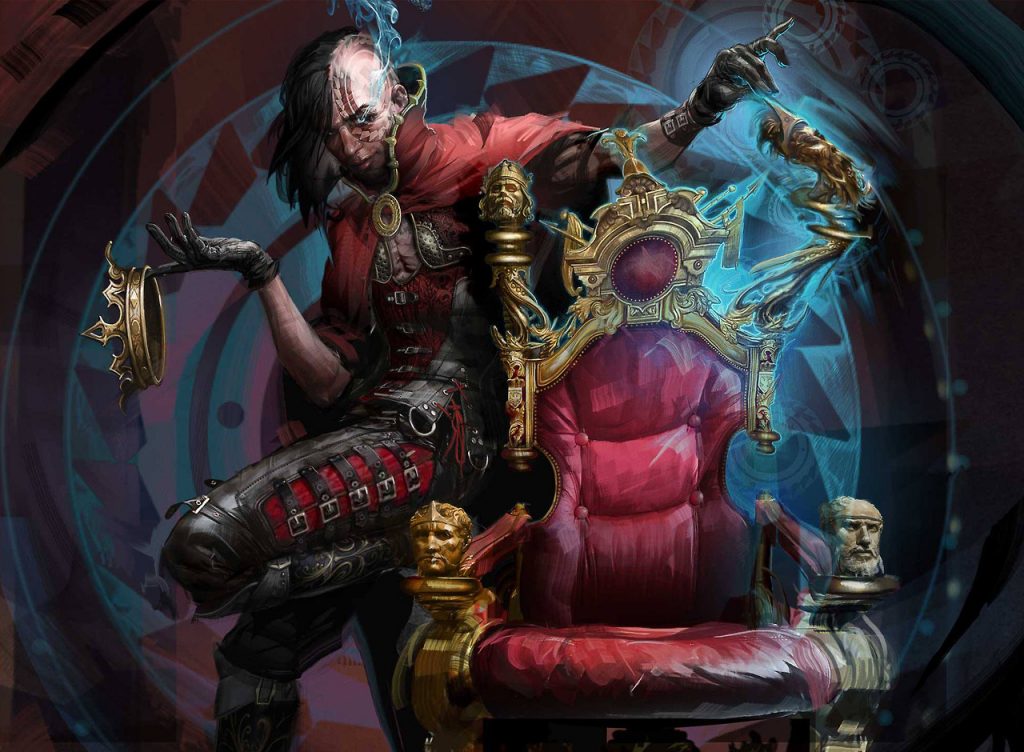
Dark Confidant | Illustration by Scott M. Fischer
Creatures (20)
Dark Confidant x4
Kitchen Finks x4
Noble Hierarch x4
Strangleroot Geist x4
Tarmogoyf x4
Instants (4)
Sorceries (10)
Inquisition of Kozilek x2
Maelstrom Pulse x3
Profane Command
Thoughtseize x4
Artifacts (2)
Lands (24)
Forest x3
Overgrown Tomb x4
Swamp
Tectonic Edge x4
Treetop Village x4
Verdant Catacombs x4
Woodland Cemetery x4
Sideboard (15)
Creeping Corrosion x3
Darkblast
Ghost Quarter
Maelstrom Pulse
Nature's Claim x3
Nihil Spellbomb
Slaughter Pact
Smother
Surgical Extraction x3
When Modern became an official eternal format in 2011, The Rock also became a big part of that format. Modern quickly grew in popularity, and Craig Berry won a PTQ in early 2012 with a Rock variant.
Grand Prix Detroit 2013 by Reid Duke
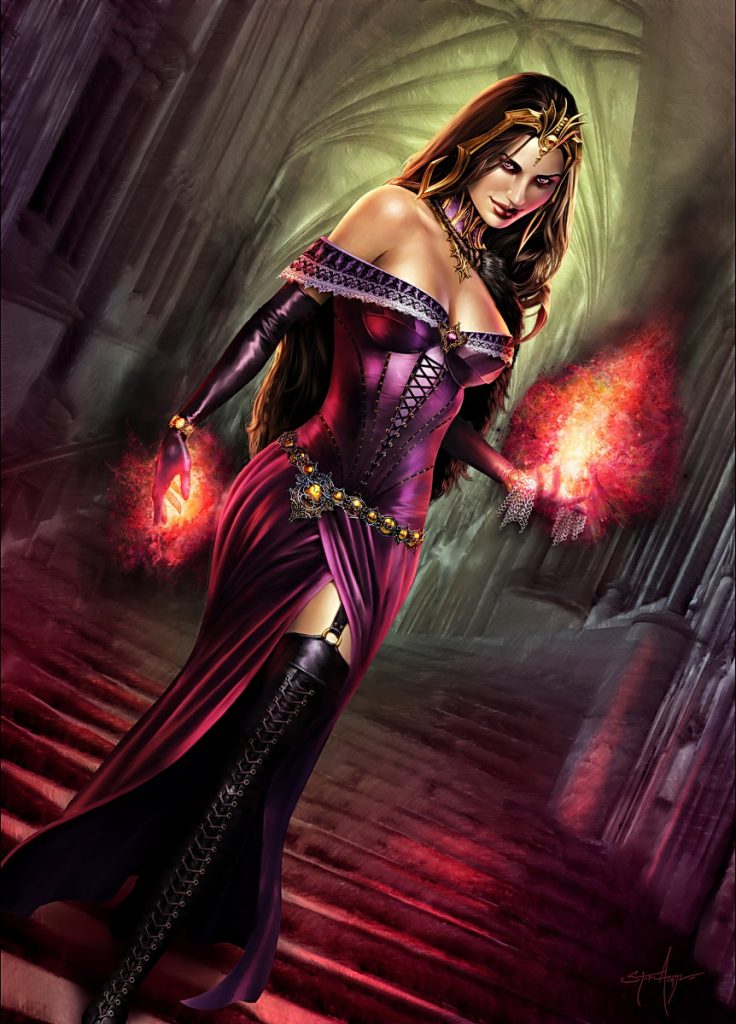
Liliana of the Veil | Illustration by Steve Argyle
Planeswalkers (6)
Chandra, Pyromaster x2
Liliana of the Veil x4
Creatures (14)
Dark Confidant x4
Deathrite Shaman x4
Scavenging Ooze x2
Tarmogoyf x4
Instants (6)
Lightning Bolt x4
Terminate x2
Sorceries (10)
Blightning
Inquisition of Kozilek x3
Maelstrom Pulse x2
Pillar of Flame
Thoughtseize x3
Lands (24)
Blackcleave Cliffs x4
Blood Crypt x2
Forest
Marsh Flats x3
Misty Rainforest
Overgrown Tomb
Raging Ravine x2
Stomping Ground
Swamp x2
Treetop Village x3
Verdant Catacombs x4
Sideboard (15)
Ancient Grudge x2
Fulminator Mage x2
Grafdigger's Cage x2
Grim Lavamancer
Obstinate Baloth
Olivia Voldaren x2
Shatterstorm x2
Sowing Salt
Sword of Light and Shadow
Thoughtseize
The Rock would continue to be a big player in Modern. The most popular variant would be Jund, a deck that has seen plenty of changes and adaptions over its time in the format. A solid example of Modern Jund is this classic list Reid Duke piloted to a top 2 finish in Grand Prix Detroit 2013.
What Is Meant by “The Rock” in the Present Day?
As the various Rock decks throughout the years show, the cards often change. The Rock archetype is defined far more by its playstyle and ideas than the cards the deck plays.
The Rock is the quintessential midrange deck. The idea of the deck is a combination of efficient disruption and removal spells like Lightning Bolt and Thoughtseize backed by cheap, high-impact threats like Tarmogoyf and card advantage options to grind out your opponents, like Chandra, Torch of Defiance or Liliana of the Veil.
Rock decks don’t look much like Malka’s original decklist, but you can still see its impact today. Pioneer’s Abzan Greasefang lists are undoubtedly a variant of The Rock, as are plenty of decks throughout Modern and Standard.
The Rock in Modern

Grief | Illustration by Nicholas Gregory
Creatures (21)
Ragavan, Nimble Pilferer x4
Dauthi Voidwalker x4
Kroxa, Titan of Death's Hunger
Seasoned Pyromancer x4
Grief x4
Fury x4
Instants (14)
Fatal Push
Feign Death x2
Lightning Bolt x3
Malakir Rebirth
Undying Malice x4
Terminate x3
Sorceries (3)
Thoughtseize x3
Enchantments (2)
Fable of the Mirror-Breaker x2
Lands (20)
Blackcleave Cliffs x4
Blood Crypt x4
Bloodstained Mire x4
Mountain
Polluted Delta x4
Swamp x3
Sideboard (15)
Engineered Explosives x3
Fatal Push
Terminate
Tourach, Dread Cantor x2
Unlicensed Hearse x3
Blood Moon x3
Sheoldred, the Apocalypse x2
Jund is still an excellent variant of The Rock in Modern, though the deck has seen better metas. Another variant of The Rock is the Rakdos Scam deck. This deck list won Robert Stanley a Modern RCQ at SCG CON Richmond.
The namesake scam of the deck is evoking a Grief on turn one and using a Feign Death effect to bring Grief back into play after the evoke trigger makes it sacrifice itself, crippling your opponent’s hand and leaving you with a 4/3 with menace on turn 1.
It’s backed up by plenty of removal and card advantage. It’s also got plenty of threats other than its evoke gameplan thanks to cards like Ragavan, Nimble Pilferer and Fable of the Mirror-Breaker.
It doesn’t create a mana advantage via ramping like traditional green-black Rock decks, but it generates a mana advantage by exploiting the “weaknesses” of the Modern Horizons 2 Invocation elementals: the fact that they sacrifice themselves when cast for free.
The deck does everything The Rock wants to do in a sleek, modern package.
The Rock on MTG Arena
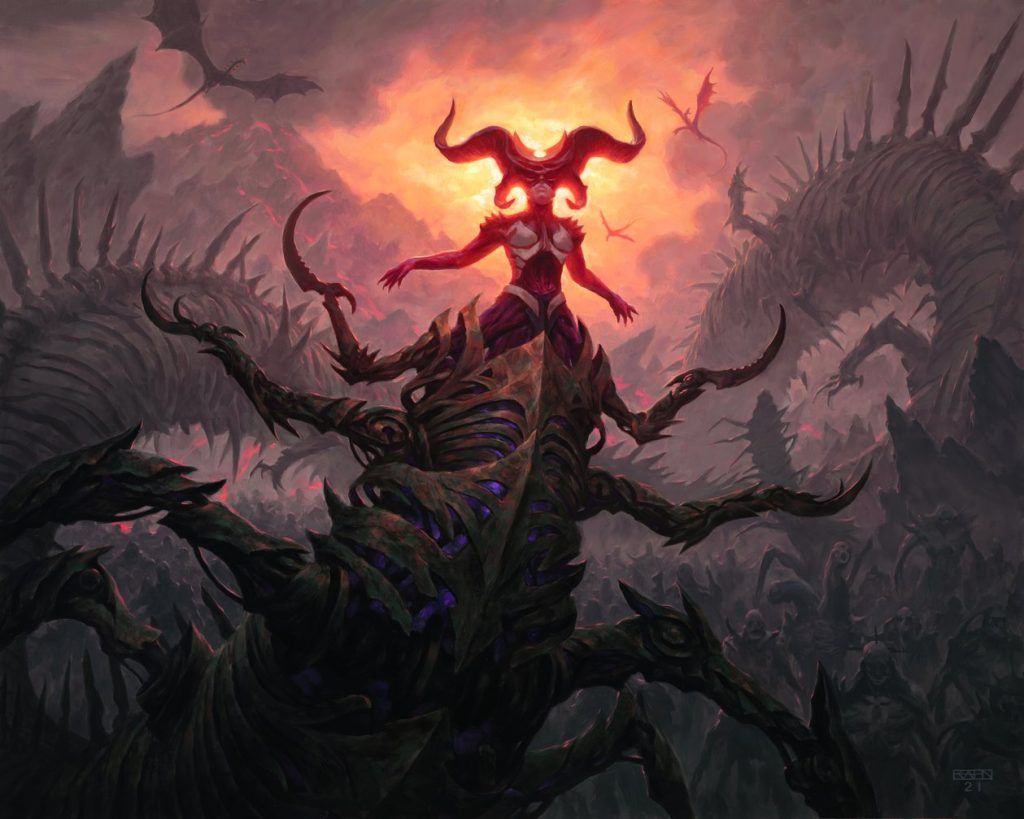
Sheoldred, the Apocalypse | Illustration by Chris Rahn
Planeswalkers (3)
Liliana of the Veil x2
Ob Nixilis, the Adversary
Creatures (17)
Bloodtithe Harvester x4
Tenacious Underdog
Corpse Appraiser x3
Graveyard Trespasser x3
Sheoldred, the Apocalypse x3
Phyrexian Fleshgorger x3
Instants (9)
Undying Malice x2
Go for the Throat x2
Infernal Grasp x2
Make Disappear
Negate x2
Sorceries (2)
Enchantments (4)
Fable of the Mirror-Breaker x4
Lands (25)
Blackcleave Cliffs
Darkslick Shores
Haunted Ridge x4
Mishra's Foundry
Mountain
Shipwreck Marsh x4
Shivan Reef x2
Stormcarved Coast
Sulfurous Springs x2
Swamp x2
Underground River x2
Xander's Lounge x4
The easiest way to play The Rock on Arena is to boot up some Standard. Grixis Midrange is another deck that doesn’t look much like previous iterations of The Rock, but it stands by many of the same tenants. This list that Miguel Jarufe used to top 12 the South America Regional Championship this past March demonstrates that beautifully.
There’s got plenty of disruption with cards like Liliana of the Veil and Ob Nixilis, the Adversary, and tons of cheap interaction with Infernal Grasp, Bloodtithe Harvester, and Negate to strike at a wide range of threats.
It’s also got Sheoldred, the Apocalypse, potentially one of the best creatures to take the title “The Rock” in recent years. Sheoldred does a bit of everything by pressuring your opponents and letting your life total stabilize before you even consider the 4/5 body for four mana.
Wrap Up
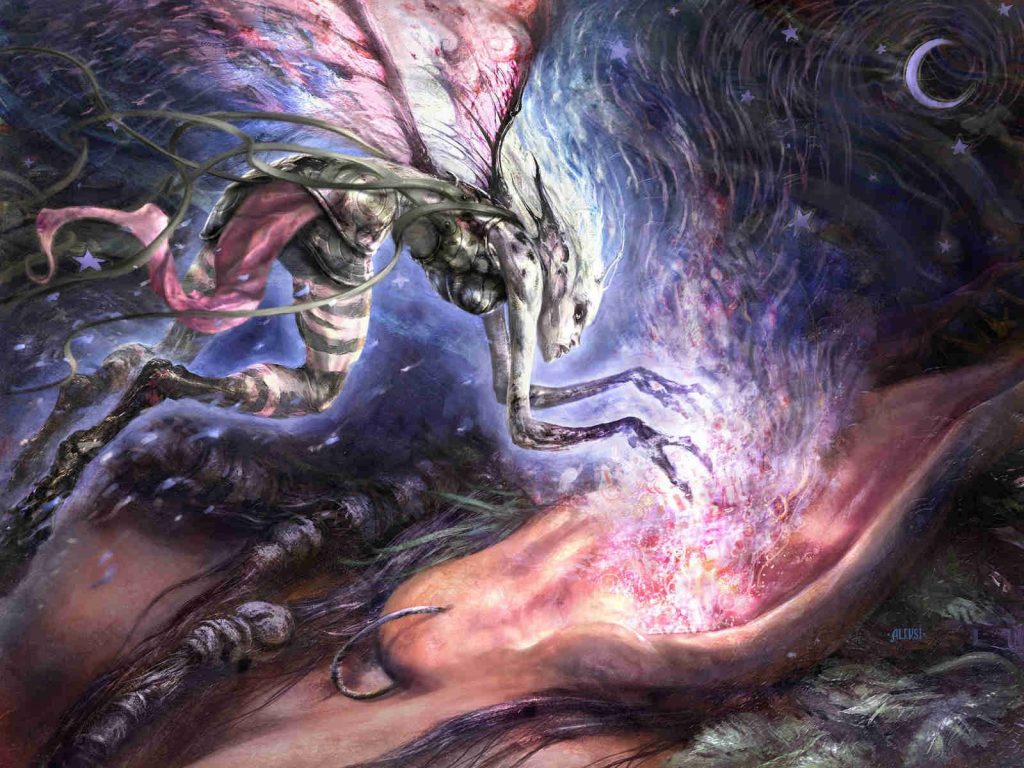
Thoughtseize | Illustration by Aleksi Briclot
The Rock is a deck with a long history in Magic. It’s been a dominant force in numerous formats since its inception, and we can still see its basic ideas and concepts used more than 20 years after its conception by Sol Malka.
The original cards in the list don’t get played much these days, but its ideas will likely persist as long as we play Magic. What’s your favorite variant of The Rock? Did you ever play the classic version? Let me know in the comments below, or over on the Draftsim Discord.
Thanks for reading, and don't forget to disrupt your opponents!
Follow Draftsim for awesome articles and set updates:
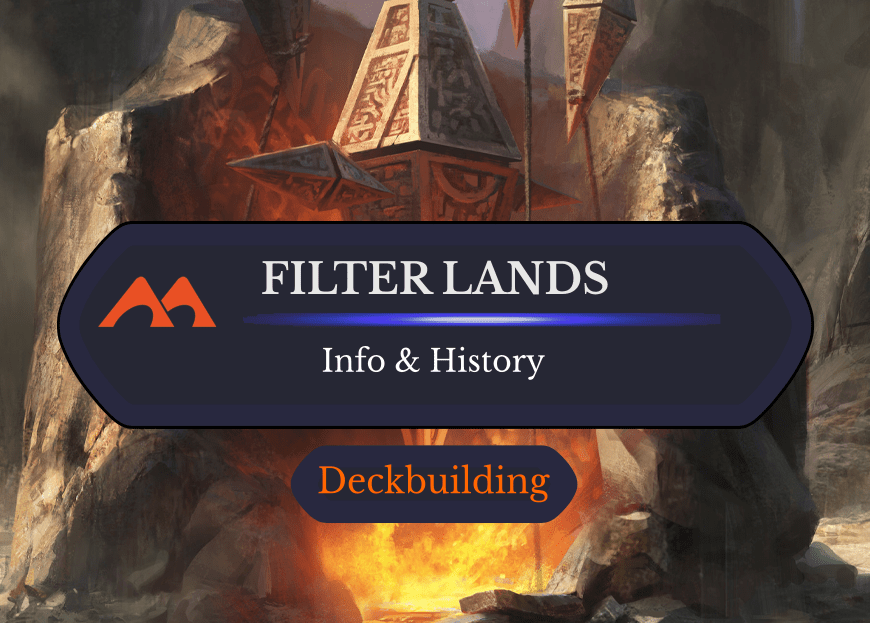
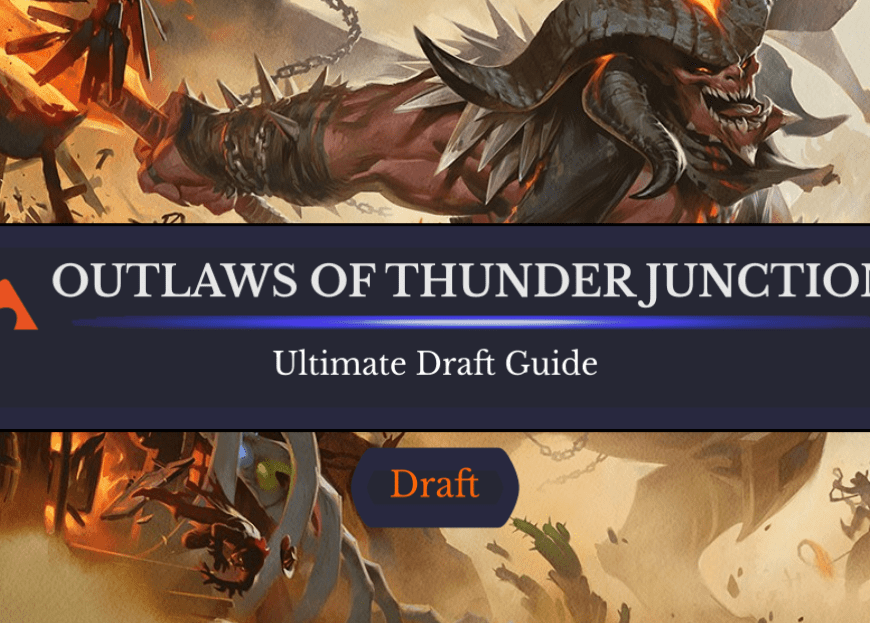
Add Comment